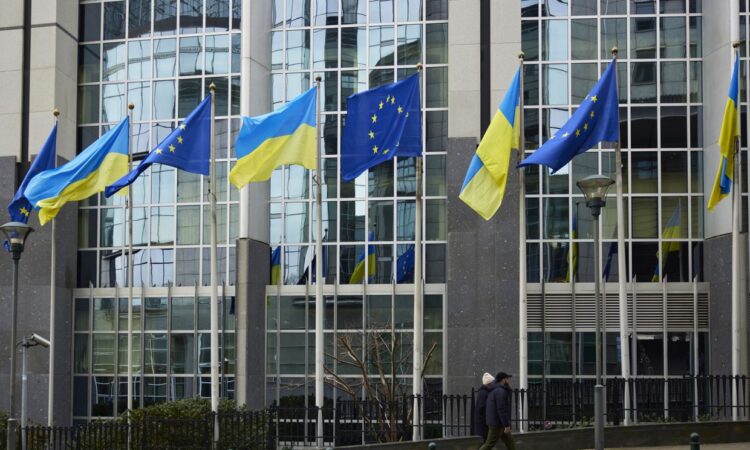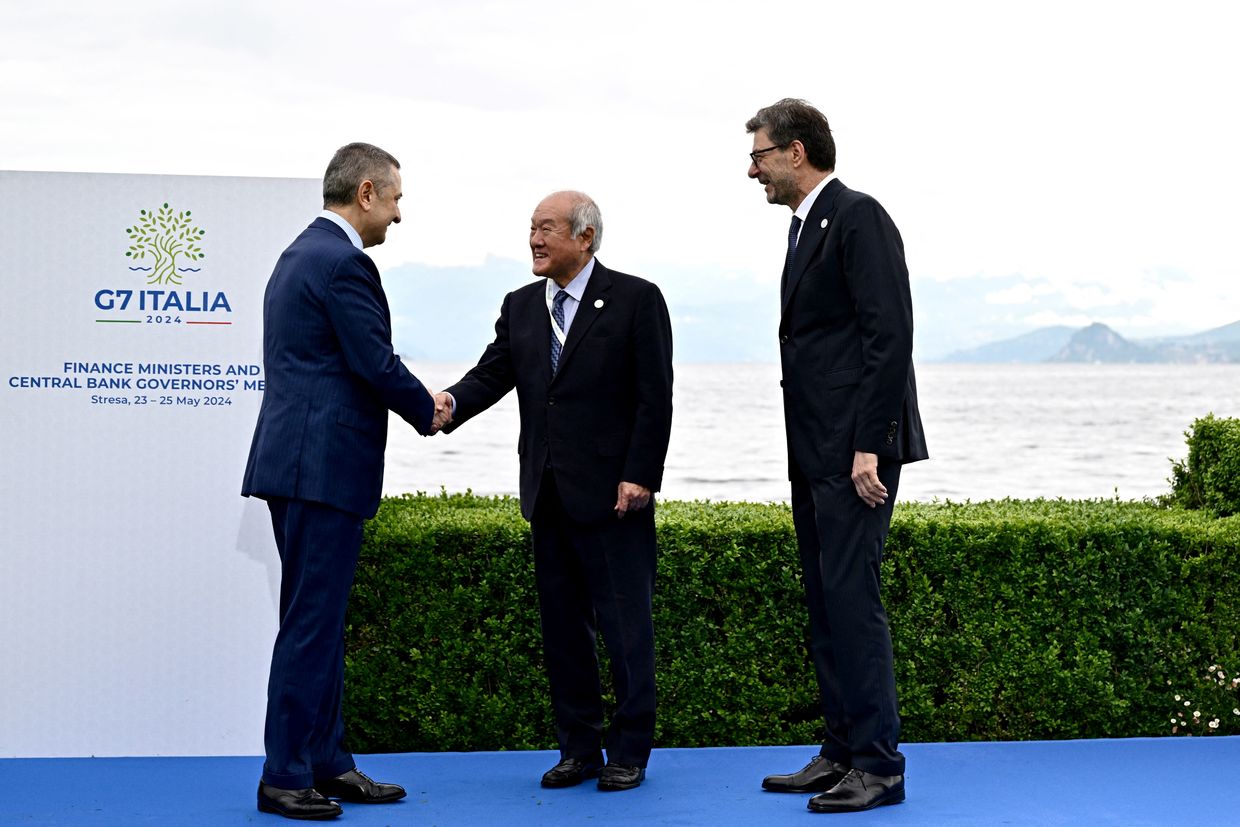
Kyiv is likely to receive the first tranche of frozen Russian assets revenue from the European Union this summer, EU Sanctions Envoy David O’Sullivan said in an interview with RBC Ukraine published on May 31.
“We are talking about summer. I would not like to promise when exactly the money will be transferred to the account, but decisions will be made in the next few weeks, and the payment will be made later,” O’Sullivan said in answer to the question of when the first tranche might arrive.
The EU Council agreed on May 21 to use profits from the frozen Russian sovereign assets to aid Ukraine. According to the statement, the proceedings could amount to between 2.5 billion and 3 billion euros ($2.7-3.26 billion) annually, with most of it allocated to Kyiv’s military needs.
The legal framework within which the funds will be transferred is still in progress, according to O’Sullivan. The EU sanctions envoy hopes that the decision will be made in “a few weeks.”
“The important thing is that we, on the EU side, have immobilized this money, and one way or another, it will be used for Ukraine. So, in the short term, there will probably be a tranche for military procurement,” O’Sullivan added.
The EU sanctions envoy said if the G7 states decide that it will be better to use these assets to get more money through a loan, this decision can be made later.
Ukraine’s Western partners and other allies froze around $300 billion in Russian assets at the start of the full-scale invasion in 2022. Roughly two-thirds are held in the Belgium-based financial services company Euroclear.
While the U.S. proposed seizing Russian assets outright, the EU has been more hesitant, fearing legal and fiscal pitfalls of confiscation.
Instead, Brussels proposed to use windfall profits generated by the frozen assets and funnel them to Ukraine.
In March, the European Commission submitted a proposal on using 90% of the generated funds to purchase weapons for Ukraine and allocate the remaining 10% to the EU budget to support the country’s defense industry.
After many weeks of debates, EU ambassadors reached a political agreement on the proposal on May 8.
Ukraine’s needs for foreign aid only grow as Russia ramps up pressure along the front and continues in aerial attacks against population centers and critical infrastructure.
G7 announces ‘progress’ on Russian frozen assets but work still to be done
Ukraine’s Western partners and other allies froze around $300 billion in Russian assets at the start of the full-scale invasion in 2022. Roughly two-thirds are held in the Belgium-based financial services company Euroclear.







